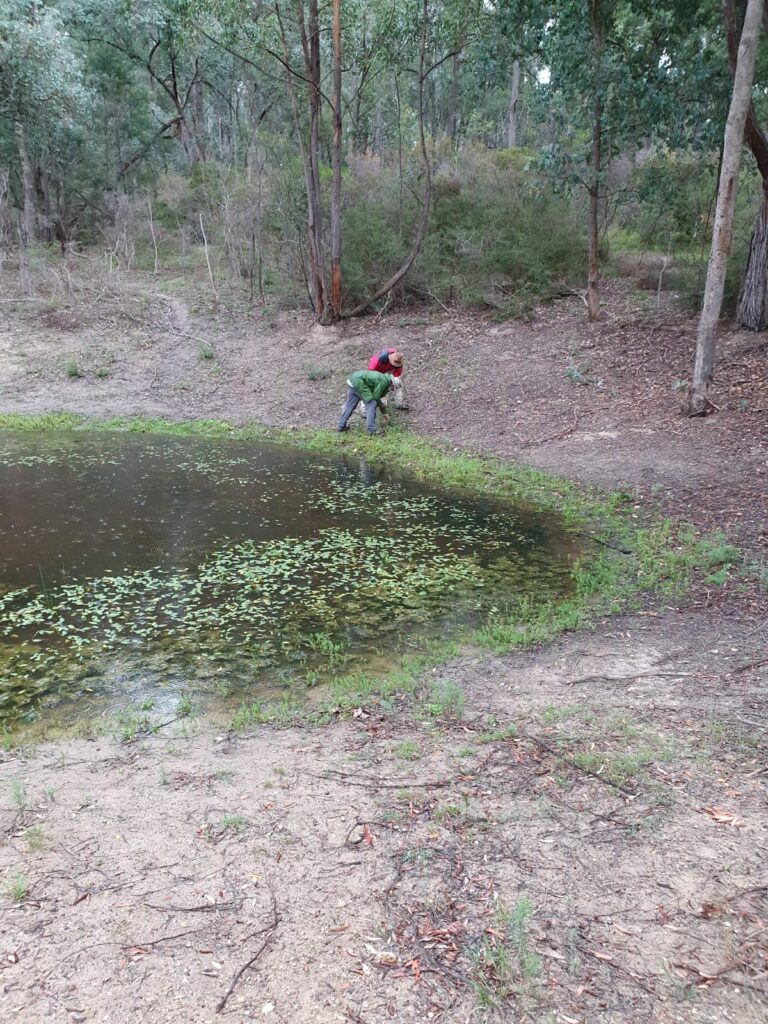
An important pillar of our conservation work at EcoGipps is the management of introduced feral animals.
Deer species are widely distributed across the globe, and are native to all continents except Australia and Antarctica. Deer were introduced to Australia in the 19th century, with six species now in Australia. Their introduction was as game animals, initiated by ‘acclimatisation societies’, which were associations that sought to introduce non-native plants and animals with the hope they would adapt and acclimatise.
This concept of acclimatisation is now commonly understood to be extremely harmful to the native wildlife and ecosystems in Australia, with the introduced species causing extensive damage and destruction.
Deer will over-consume native vegetation, leaving plants and trees stripped of foliage and bark. This can weaken and kill the vegetation and leaves a limited or no food source for native animals.
Deer have significant negative impacts on aquatic species in particular, as deer will frequently spend time in waterways, pondages and wetlands.
Australian aquatic ecosystems are vulnerable to the impact of deer feeding on the aquatic plants, as well as their hard hooves trampling wetlands and riverbeds and eroding river edges. This has devastating consequences, leaving many aquatic creatures such as frogs, tortoises, fish, water birds and platypus with destroyed habitat and lack of food source.



The Invasive Species Council reports that during the development of the Victorian Deer Control Strategy, there was significant pressure exerted by the community to change the legal status of deer from “protected wildlife” to that of a “pest animal”, to appropriately recognise the population explosion and serious impacts across Victoria.
In order to protect wildlife and regenerate habitat, deer control has been implemented at EcoGipps on the North Paddock and Huggett’s properties.
EcoGipps is working in partnership with accredited deer hunters, who employ hunting practices in line with the State Government Game Management Authority regulations.
Sambar deer
Sambar deer are prevalent at EcoGipps and the hunters work together with hounds to eradicate the introduced deer. The hounds have an excellent sense of smell and can locate deer by their scent. Once they locate the deer, the hounds will ‘flush’ the deer out into an open space, giving the hunters the opportunity to shoot them. There are strict guidelines around the use of hounds when hunting Sambar deer, such as the hounds not attacking or biting the deer. This protects both the deer and the hounds from potential distress and injury.
The Sambar deer hunting season is open from April to November each year, which is when a small group of ethical hunters gather on the EcoGipps blocks to eradicate the deer. Each season we are seeing changes to the landscape due to these control methods.
EcoGipps will continue to assess and manage deer activity and impact on the properties, with flourishing results already seen in flora and fauna life returning to ponds and waterways on the properties.
